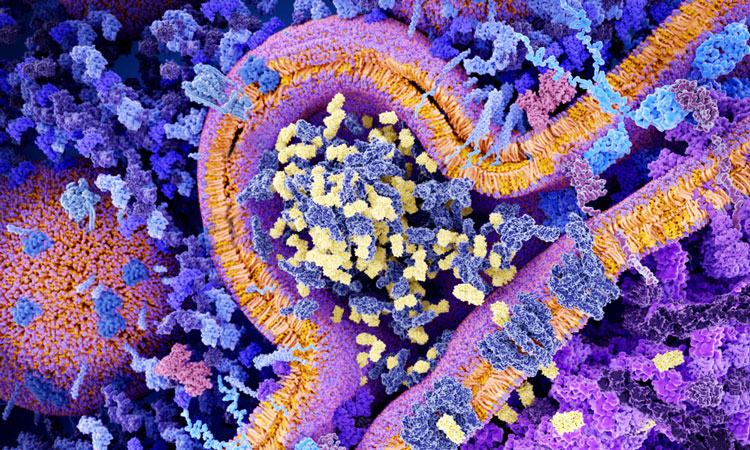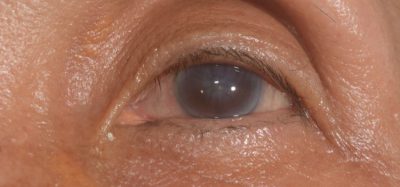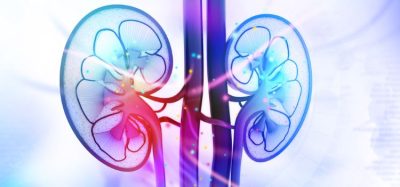Drug delivery using miRNA-enriched extracellular vesicles
Posted: 21 November 2018 | European Pharmaceutical Review | No comments yet
Researchers have developed a method of producing extracellular vesicles on a large scale to deliver drugs offering a standardised method of manufacture…


A method for large-scale production of extracellular vesicles enriched with specific microRNAs (miRNAs) has been developed in the Wake Forest Institute for Regenerative Medicine (WFIRM) labs, offering a manufacturing standardisation process which may have therapeutic applications and clinical impact.
Extracellular vesicles are currently of particular interest in the scientific community for their therapeutic potential as part of gene and cell-based therapies, but the trick has been producing them in large quantities. They are shed by cells and play an important role in intercellular communication. Exosomes are one type and they are small structures that can fuse with the cell membrane without any help.
In this study, lead author Dr Baisong Lu, and colleagues describe the method which addresses the challenges and removes barriers associated with the delivery via exosomes of the miRNAs which are small molecules that have a part in the regulation of gene expression. There are thousands of different types of miRNAs with different functions. For example, some have anti-tumor function while others promote regeneration of bone or muscle.
“By themselves, the miRNAs are unstable and unable to get into the cells themselves. Being able to deliver large quantities of miRNA-enriched exosomes makes it possible to explore therapeutic applications of specific miRNAs,” said Dr Lu, an Assistant Professor of regenerative medicine at WFIRM.
In the study, the researchers show that overexpressing a miRNA precursor in cells enormously increases the specific miRNA content in extracellular vesicles. Growing cells in bioreactors can generate large quantities of miRNA-enriched extracellular vesicles that can be concentrated by tangential flow filtration, a rapid and efficient method for separation and purification of biomolecules. The extracellular vesicles thus produced can enter into cells in vitro and can increase circulating miRNA levels in vivo in animal models.
“Extracellular vesicles and exosomes, in particular, have been of interest as drug delivery vehicles but their use to deliver miRNAs has been hampered by difficulties associated with loading miRNAs into exosomes,” said WFIRM Director Dr Anthony Atala, who is a co-author of the paper. “Other methods are inefficient and incompatible with large-scale preparation so we set out to solve this problem.”
In a move that signals the impact of the research, the paper states that the large-scale production method created by WFIRM scientists “could serve as an important template for advancing research and overcoming the lack of method standardisation in development of [extracellular vesicle] therapeutics, taking the entire field closer to clinical translation.”
“We are pleased that a journal of note like Science Translational Medicine has highlighted this latest research from our institute,” said Dr Atala. “One of our goals to advance the field of regenerative medicine is to find ways to standardise the manufacturing process involved in creating our technologies. This research is a tremendous step forward.”
The paper was published in the journal Tissue Engineering Part C: Methods.
Related topics
Clinical Development, Drug Delivery Systems, Drug Development, Manufacturing, Research & Development (R&D)









